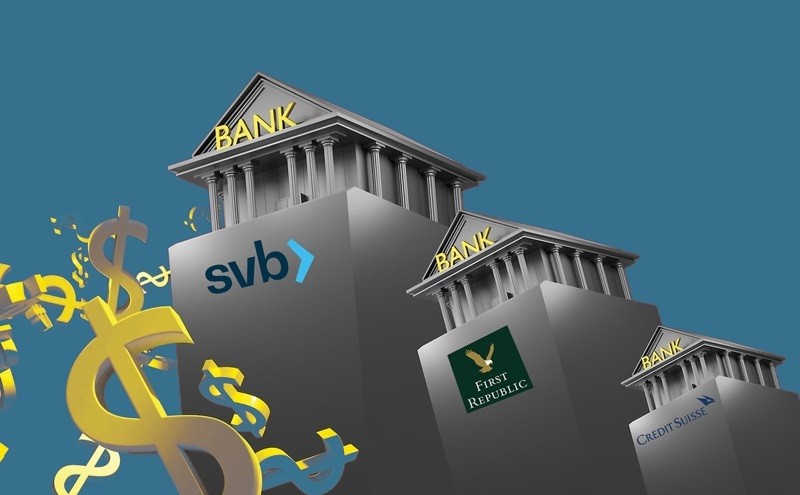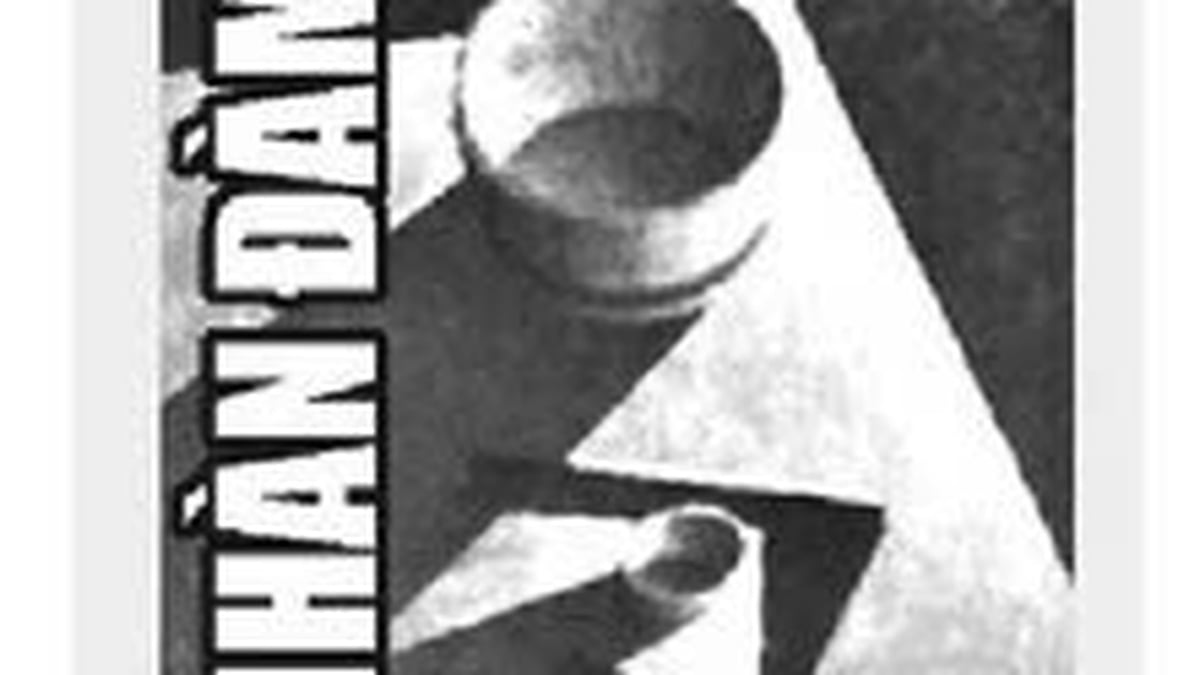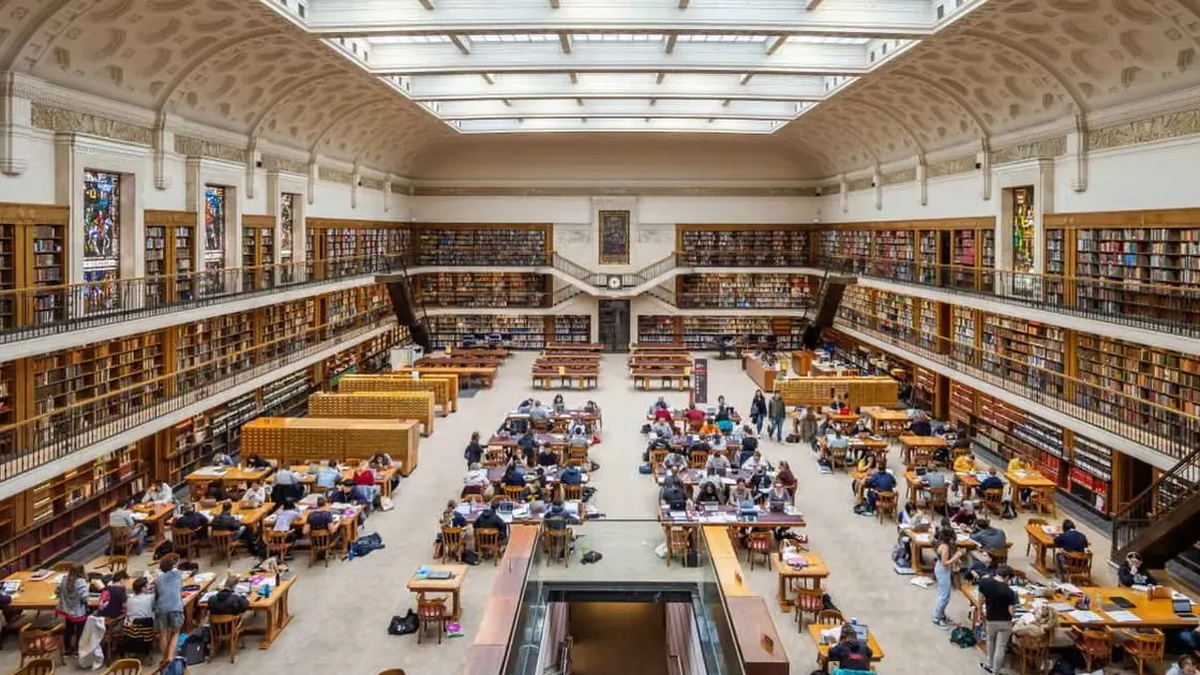On March 10, the California Department of Financial Protection and Innovation announced that it had taken over Silicon Valley Bank (SVB) under the law and handed it over to the Federal Deposit Insurance Corporation (FDIC) for management and sale because SVB lacked sufficient liquidity and solvency.
This is the largest bank closure event in the US since September 2008, causing the financial community in the US and around the world to be on high alert, and the chaos in the financial market is constantly increasing.
 |
| The struggle between the "visible hand" and the "invisible hand" is even more evident during the financial crisis. (Source: VnEconomy) |
When the "visible hand" is busy
This financial crisis in the US and Europe has many similarities with the Asian financial crisis in 1997 and the US financial crisis in 2008.
The reason for SVB's collapse, from a macro perspective, was the sharp increase in interest rates by the US Federal Reserve (Fed). The Fed's sharp increase in interest rates led to a fall in government bond prices, commercial banks losing deposits too quickly, and increased financing costs.
To curb inflation, the Fed has been steadily raising the federal funds rate and reducing the size of its balance sheet. On March 16, 2022, the Fed made the first rate hike of this rate hike cycle, and so far the Fed has raised interest rates for the 10th consecutive time to around 5%-5.25%.
The Fed has been raising interest rates continuously, mainly because US inflation has continued to rise and remained high for the past two years. Inflation in March exceeded 6%, more than three times higher than the Fed's 2% target. Therefore, Nomura Securities estimates that the Fed will cut interest rates immediately, and many financial institutions speculate that the Fed may not raise interest rates.
However, it would be a bit too much to say that financial issues such as the collapse of SVB can influence the Fed's decision-making. This "visible hand" mainly controls inflation. The reason why the inflation rate in the US is so high is directly related to the Fed's continuous interest rate cuts, implementing ultra-loose monetary policy, causing a "flood" of USD.
The Fed’s rate hikes this year have been aggressive and hasty, but have done little to curb inflation in the U.S. Sudden risks to the stability of the banking system and the risk of a deepening recession are making it harder for the Fed to act.
Next, let’s look at the “visible hand” of the US government. Signature Bank (SB) was shut down two days after SVB collapsed. US bank stocks, especially some small and mid-sized bank stocks, have fallen sharply and will likely follow SVB.
Some organizations have listed more than 10 such banks, while others say more than 100 are at risk. The FDIC has previously warned that the current interest rate environment could have dire consequences for the banking industry.
If the "deposit flight" situation is allowed to spread, many small and medium-sized banks, including large banks, will go bankrupt, causing huge losses. Therefore, the US Government has responded urgently.
On March 10, US Treasury Secretary Janet Yellen convened a meeting with heads of agencies such as the Fed, FDIC... to discuss related agreements after the closure of SVB. On the same day, FDIC said that to protect insured depositors, a special agency has been established and allowed insured people to withdraw their deposits before the morning of March 13.
For uninsured depositors, the FDIC pays dividends as compensation. This helps to stabilize depositor confidence and the creditworthiness of banks.
On March 13, President Joe Biden gave a speech, assuring that people and small businesses with deposits at SVB and SB would be protected and receive their savings or assets due. He also said that the management of the two banks would be fired and that investors in the banks should be prepared to take risks if there were no government protection. This suggests that depositors can rest assured that investors do so at their own risk.
In fact, if deposits could be fully insured, withdrawals could be limited, bank credit would not be disrupted, and bank stock prices would not fall sharply. The US government's immediate announcement of depositor protection this time has had a positive effect on stabilizing the financial market. Otherwise, the wave of withdrawals would continue and many banks in the US would be forced to close.
Compared to the US government's response before and after the collapse of Lehman Brothers, the fourth largest US bank in 2008, this action was quick and effective. Although there were many criticisms, it is better for the market and society to temporarily stabilize the financial market to try to solve the problems gradually than for banks to collapse one after another.
The "invisible hands"
In the financial markets, there are actually more "invisible hands" than "visible hands". For example, during the Asian financial crisis of 1997-1998, a number of European and American hedge funds swelled and short-selling institutions took advantage of this opportunity to make profits.
Currencies in many Asian countries were devalued and financial markets were hit hard. Japan was also hit hard. The indecision of the Japanese government at the time led to the bankruptcy of financial institutions such as the Long-Term Credit Bank of Japan and the economy fell into a severe recession.
SVB's collapse this time had a lot to do with the "invisible hand." For example, SVB's CEO lobbied the Senate in 2015, asking Congress to ease oversight of financial institutions and exempt a group of small and medium-sized financial institutions, including SVB.
In 2018, SVB’s lobbying efforts were successful and the US Congress raised the standards for identifying systemic risk banks. Both SVB and SB were granted supervisory exemptions. SVB’s senior management bears undisputed responsibility for its collapse and a number of operational and management problems.
There are also some “invisible hands,” such as hedge funds and short-selling organizations. They spread false news, amplifying panic.
With the US government protecting depositors, the possibility of bankruptcy at US banks has decreased significantly. An "invisible hand" has reached out to Europe, pushing Credit Suisse into a precarious position. On March 19, UBS, with the help of the Swiss government, announced that it would buy Credit Suisse to save the bank from bankruptcy.
To counter the "invisible hand", on March 19, the Fed and the European Central Bank (ECB), the Bank of England (BoE), the Bank of Japan (BoJ), the Swiss National Bank, and the Bank of Canada announced a coordinated move to establish a regular USD liquidity swap line to increase liquidity supply. From March 20, the frequency of the 7-day period was changed to daily and continued until the end of April.
In the short term, the collapse of SVB Bank may not cause a financial crisis in the US and Europe. But in the long term, the risk of economic recession in the US and Europe still exists, the potential risks of financial institutions cannot be ignored, and the trend of de-dollarization in the world is very clear.
Currencies such as the US dollar, the euro, stocks and bonds can cause new crises. The battle between the "visible hand" and the "invisible hand" will continue and we need to be vigilant.
Source


































































































Comment (0)